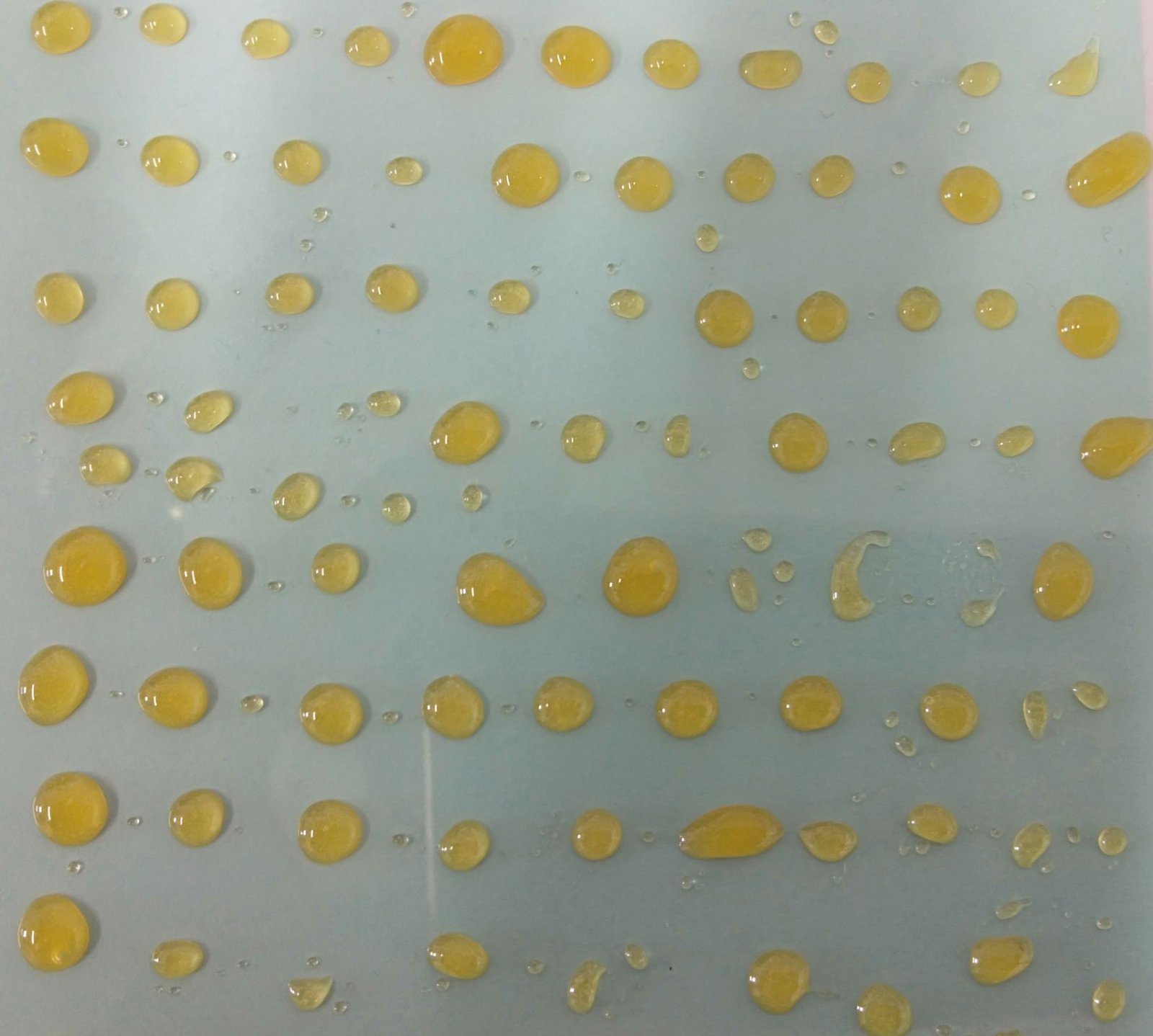Honey foreign matter testing is a process used to determine the presence of foreign materials in honey. Foreign materials can include anything that is not honey, such as dirt, debris, pollen, and other substances.
Here's how honey foreign matter testing is typically done:
Sampling: A sample of honey is collected from the batch or container being tested. The sample should be representative of the entire batch, so it is important to collect it from different areas of the container.
Preparation: The honey sample is then prepared for testing. This may involve filtering the honey to remove any large debris or particles that can be seen with the naked eye.
Analysis: The prepared sample is then analyzed for foreign matter using a microscope or other specialized equipment. The sample is typically viewed under high magnification, and foreign materials are identified and counted.
Results: The results of the analysis will indicate the level of foreign matter present in the honey sample. This information can be used to determine if the honey meets certain quality standards or if it should be rejected.
Foreign matter testing is important for honey producers and buyers to ensure that the honey being sold is of high quality and free from any contaminants. Honey that contains high levels of foreign matter may be of lower quality and can pose health risks to consumers. It is important to follow proper sampling and preparation procedures to ensure accurate and reliable test results. #health #testing #quality #Honey #Foreignmatter








.jpeg)

